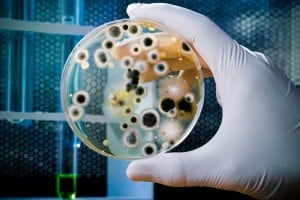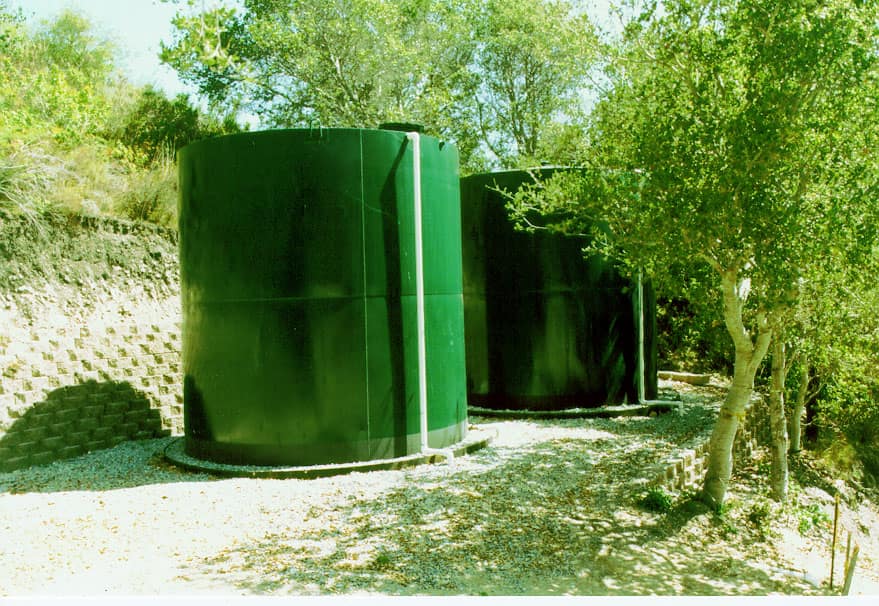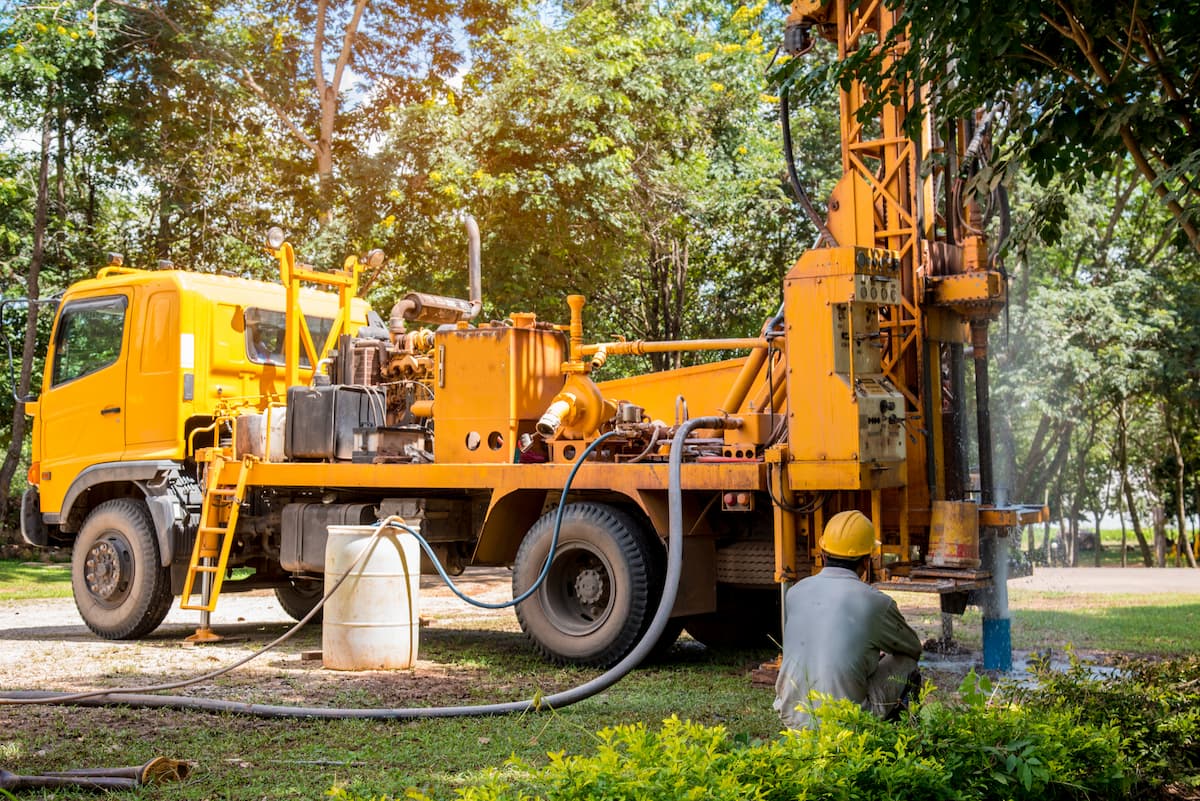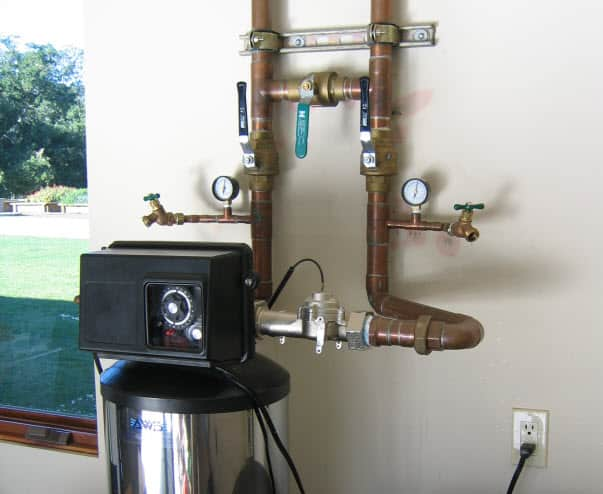Pool Water Treatment
The Centers For Disease Control (CDC) completed a study of public pools during last summer’s swimming season and found that public pools are often contaminated with feces by the swimmers themselves. Researchers at CDC found bacteria in samples of pool filter water collected from public pools.
CDC obtained water samples from various public pool filters for analysis. The study found that 58 percent of the pool filter samples tested were positive for E. coli, bacteria normally found in the human gut and feces. The E. coli is a marker for fecal contamination.
E. coli, is a type of fecal coliform bacteria commonly found in the intestines of animals and humans. E. coli is short for Escherichia coli. The presence of E. coli in water is a strong indication of human or animal waste contamination. See the report on the CDC page here.
CDC recommends that all swimmers take the following steps to prevent infections while swimming:
- Keep feces and other contaminants out of the water.
- Do not swim when you have diarrhea.
- Shower with soap before you start swimming.
- Take a rinse shower before you get back into the water.
- Take bathroom breaks every 60 minutes.
- Wash your hands with soap after using the toilet or changing diapers.
- Check the chlorine level and pH before getting into the water.
- Pools: Proper chlorine (1–3 mg/L or parts per million [ppm]) and pH (7.2–7.8) levels maximize germ-killing power.
- Most superstores, hardware stores, and pool-supply stores sell pool test strips.
- Do not swallow the water you swim in.
CDC recommends that parents of young children also take the following steps:
- Take children on bathroom breaks every 60 minutes or check diapers every 30–60 minutes.
- Change diapers in the bathroom or diaper-changing area and not at poolside where germs can rinse into the water.

Coliform Bacteria and Well Water for Swimming Pools
E. coli comes from human and animal wastes. During rainfalls, snow melts, or other types of precipitation, E. coli may be washed into creeks, rivers, streams, lakes, or ground water. When these waters are used as sources of drinking water and the water is not treated or inadequately treated, E. coli may end up in drinking water. Other types of bacteria can be found in well water also, such as slime and odor producing iron and sulfur bacteria.
If you draw water from a private well, and your well tests positive for E. coli, there are several steps that you should take, both for home use and pool use:
- Boil all water intended for consumption,
- Disinfect the well thoroughly with chlorine
- Monitor your water quality to make certain that the problem does not recur.
If the water you use to fill your pool is from a private well, be sure to have it tested for coliform bacteria before using it. Chlorination will kill this bacteria provided the pH is not too high, and the chlorine concentration is adequate. For chlorine to be effective make sure there is 1–3 PPM and the pH is not greater than 7.8. Higher levels of pH make chlorine ineffective.














